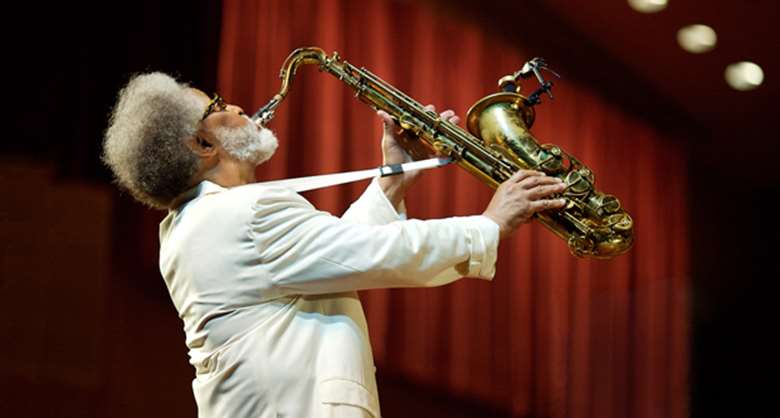Sonny Rollins - Tenor of our times
Friday, July 3, 2015
Right there when bebop was freshly minted and he was running around with Miles and the fast set, through his startling early flowering with the classic Saxophone Colossus, to his London jazz club days in the 60s, and up to today when he steps up to the mark once again live and in the studio, very few come near Sonny Rollins.


Register now to continue reading

Thank you for visiting Jazzwise.co.uk. Sign up for a free account today to enjoy the following benefits:
- Free access to 3 subscriber-only articles per month
- Unlimited access to our news, live reviews and artist pages
- Free email newsletter